Vignetting is one of those things that photographers either love or hate. While there is no right or wrong approach to this phenomenon, you should know what types of vignetting exist in photography and how to use them creatively.
It’s well-known that vignettes can enhance sentimental feelings and evoke nostalgia in viewers, which makes them rather useful tools in photography. In this article, we’ll cover a few specific instances when you may want to implement a vignette over your photographs and make them more powerful.
Types Of Vignetting
There are four basic types of vignetting:
- Natural Vignetting
- Mechanical Vignetting
- Lens-based Vignetting
- Intentional Vignetting
Natural vignetting is most likely to occur in low-end DSLRs and it happens because of inferior software coding of these cameras. Telephoto lenses reduce this kind of vignetting while wide-angle lenses emphasize it. When it comes to mechanical vignetting, it happens when something blocks the passageway between the light source and the camera’s sensor, such as lens hoods or filters. This is easy to fix.
Lens-based vignetting is fairly common – it can happen simply due to the size of the lens you’re using. Some lenses have more than 20 individual elements and they can reduce the intensity of light. It’s useful to know that lenses with wider apertures (such as f/2.8) usually don’t have this kind of problem.
Finally, intentional vignetting is something that you add to your photographs during the editing stage. Both Photoshop and Lightroom can help you achieve this kind of effect.
When To Use Vignetting
There are four common scenarios when you should consider intentional vignetting!
You Want To Frame The Scene
Vignetting can make your landscape photography even more stunning. It’s especially effective in case of wide or panoramic shots that seem vast to the eye – vignetting can make such shots appear more balanced.
Using a vignette can also make minimal b&w landscapes more poetic. Since minimal landscapes tend to look very stark, vignetting can enrich them and make them more visually pleasing. You should be careful not to overdo vignetting in landscape photography – adding just a bit of shade to the edges can highlight your focal point!
You Need To Add Drama
No matter what’s your preferred genre in photography, using a vignette is a quick and reliable way to add drama. Vignetting forces viewers to look at a specific focal point – because of this, you can demand more attention with properly used vignettes.
It’s useful to mention that vignetting looks really good in images with centered composition. Such composition will allow you to take a more dramatic approach to vignetting, since you won’t have to keep it subtle. When your subject is in the dead center of the image, there’s plenty of space for vignetting around it. Depending on how dark you go with your vignette, you can also boost the contrast of your photograph and make it quite intriguing.
You’re After A Vintage Look
We associate old photos and old analog cameras with natural vignetting. Such cameras used to create vignettes due to their poor quality. Because of this, vignettes make us recall those vintage sepia photographs, such as studio portraits from the early 1920s.
If you want to give your photographs an aged look, the best option would be to combine vignetting with sepia filter. While this kind of editing can be used in any genre of photography, it probably looks best when applied to studio portraits and street photography.
You Want More Remarkable Portraits
Vignetting is most commonly used in portraits because they call for all of the attention to go toward the subject. In this sense, vignettes are the perfect solution for various portraits, especially posed ones.
For an even more dramatic effect, consider using vignetting in portraits shot in front of a solid-colored backdrop. This will heighten the contrast in your photo and ensure that all eyes are on your model.
Bear in mind that intentional vignetting works best when you know what you want to focus on before editing. Always ask yourself what you want to bring out in your photograph and then make sure to use vignetting accordingly. Knowing what you want to emphasize in your images will point you in the right direction!
If you want to learn more about vignetting, feel free to check out the following links!
Further Resources On Vignetting:
- How A Vignette Can Make Your Photographs Pop
- The Truth About Vignettes In Photography
- Creating A Vignette Effect In Photoshop
- Six Ways To Create A Vignette In Photoshop
- Types Of Vignetting In Photography
- Vignetting In Photographs

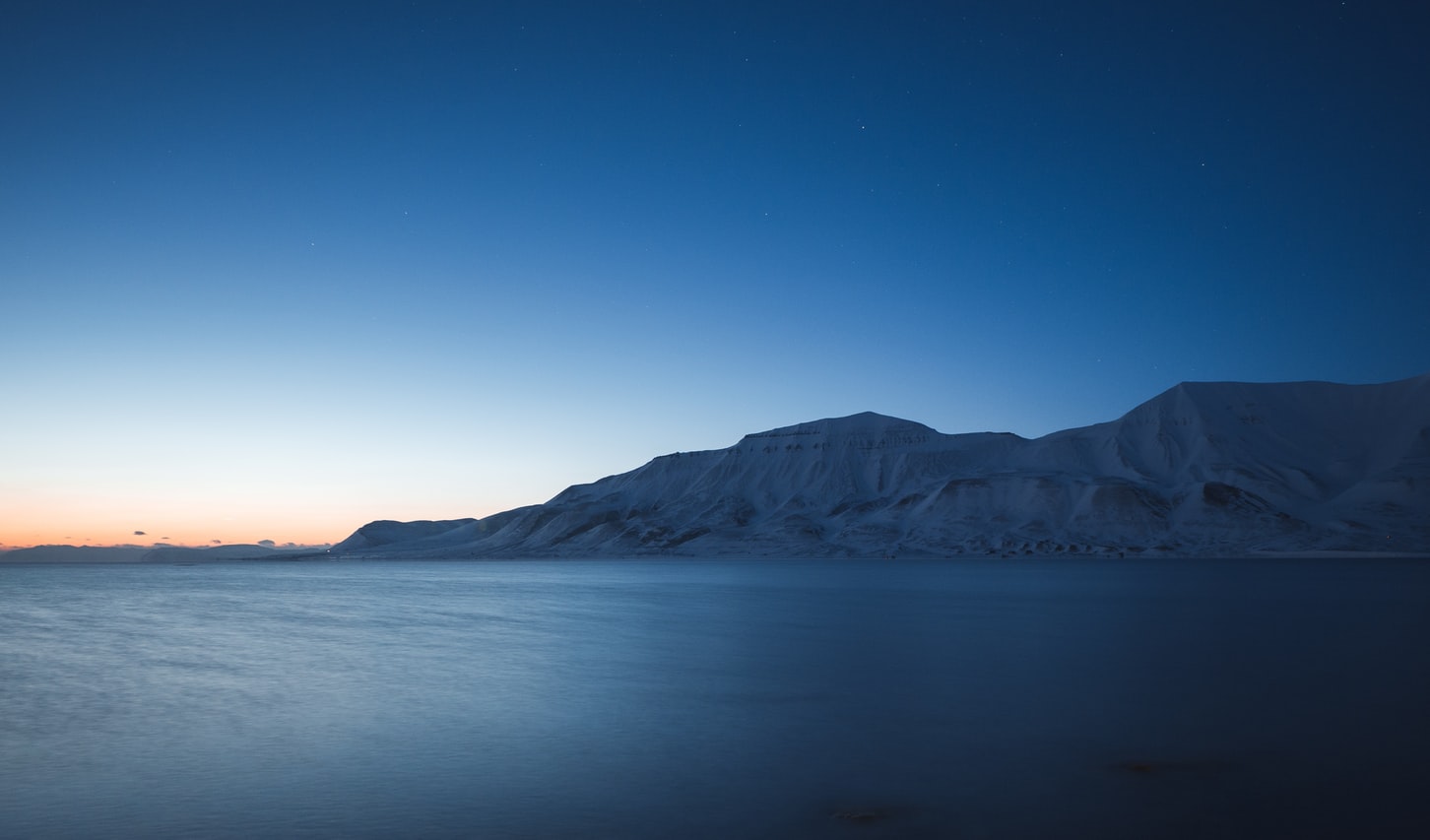
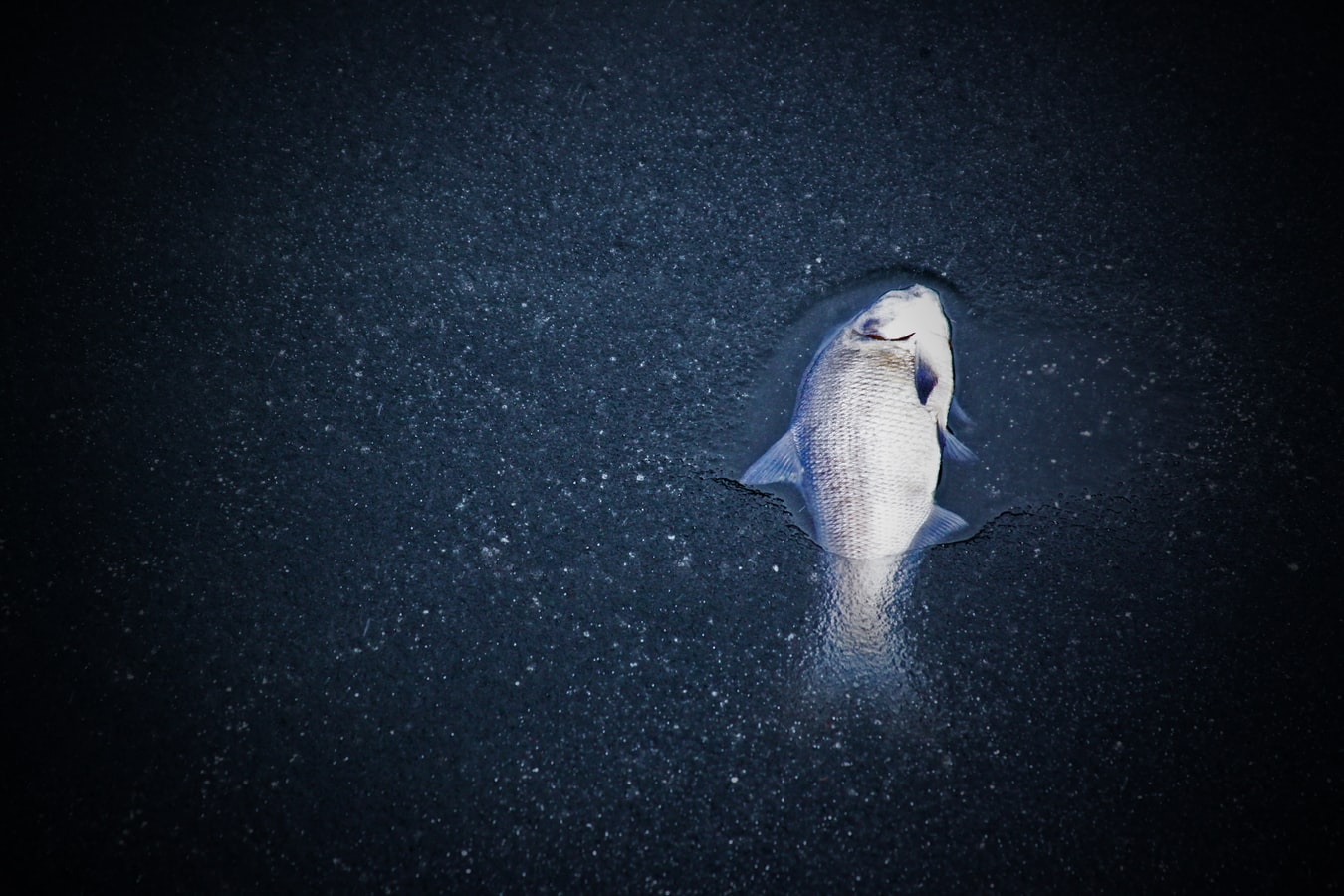
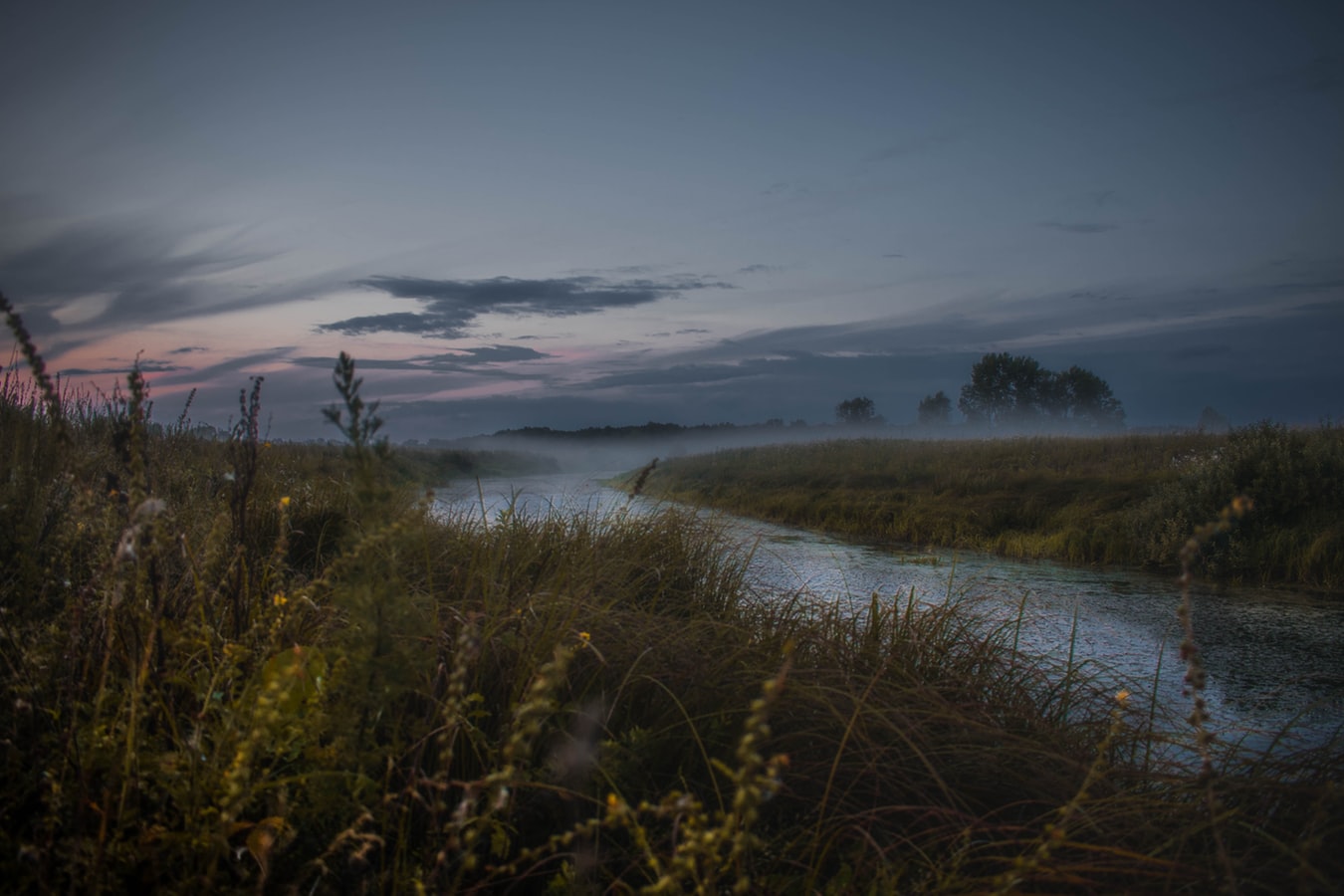
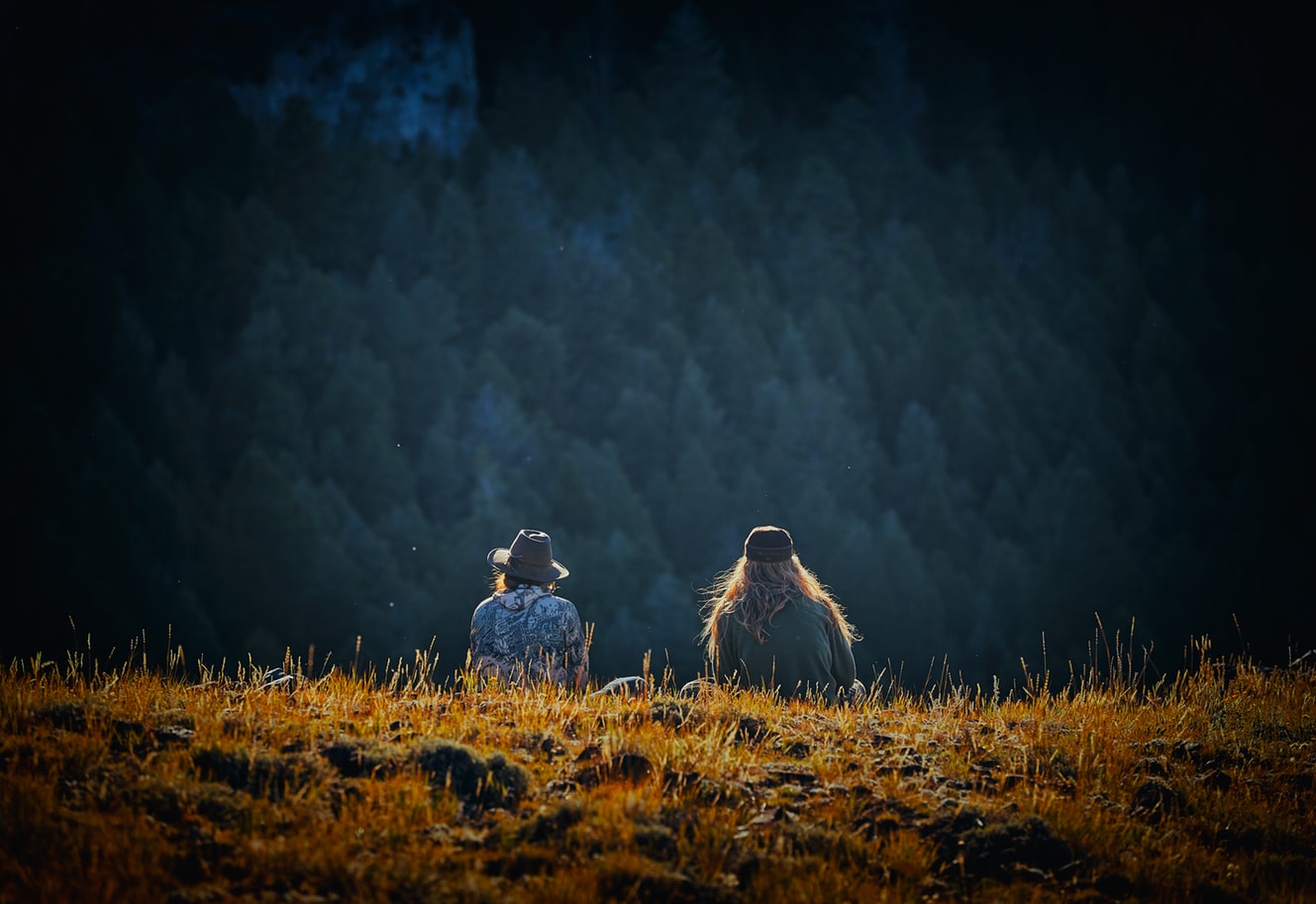
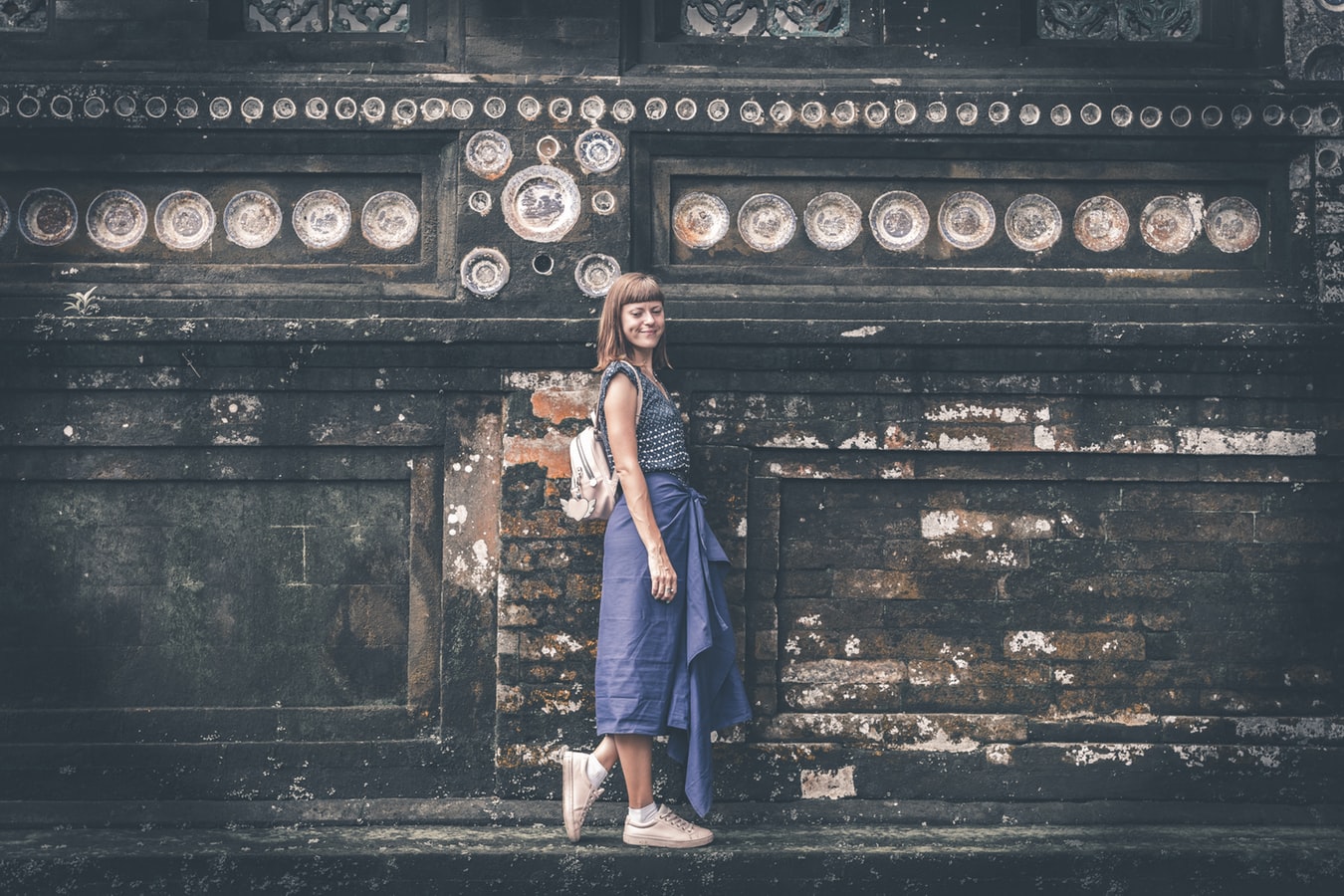







1 Comment
https://en.wikipedia.org/wiki/Vignetting
Vignetting, it makes me think of dodging and burning in the darkroom. While your article with the images described what vignetting looks like I still had to google the definition to fully grasp what the article was trying to explain. Thanks for the story and photos.